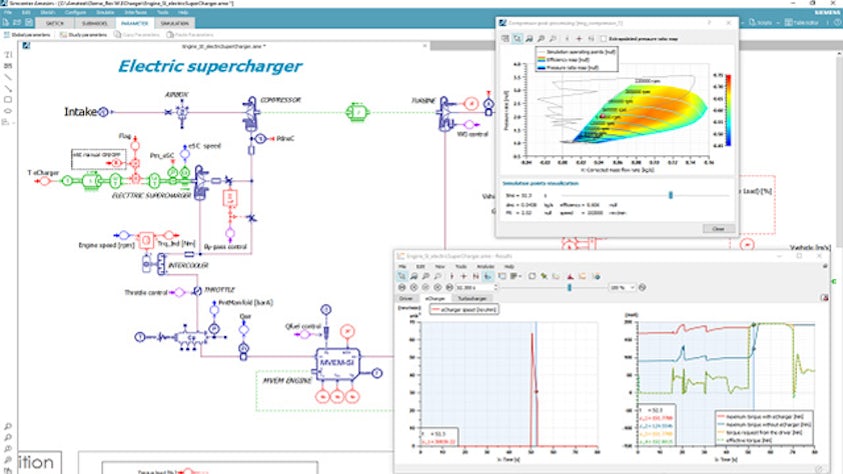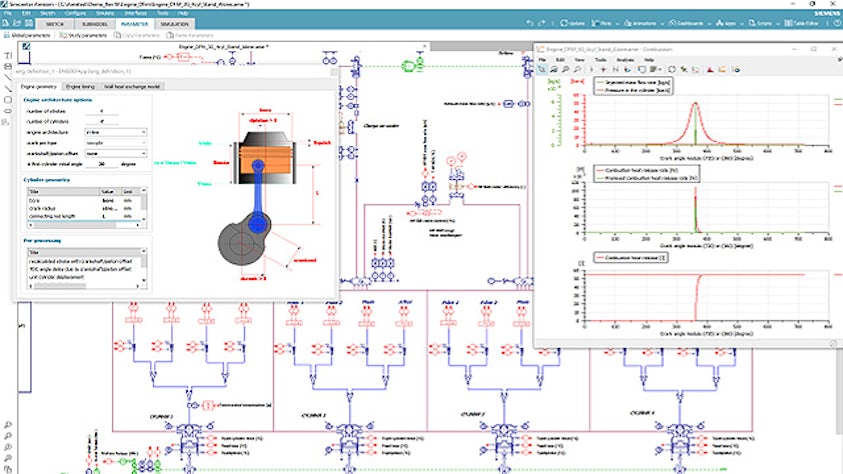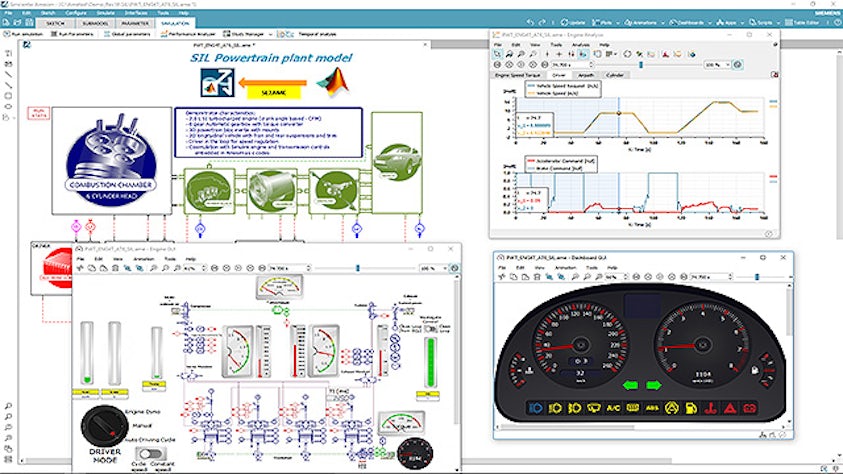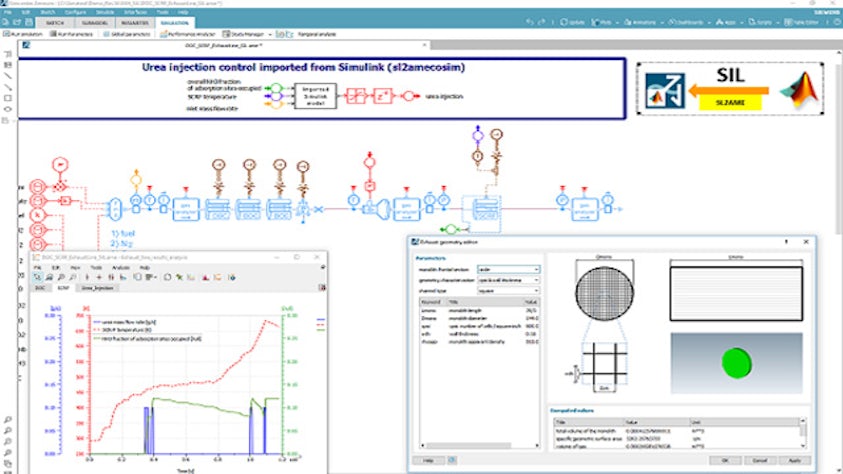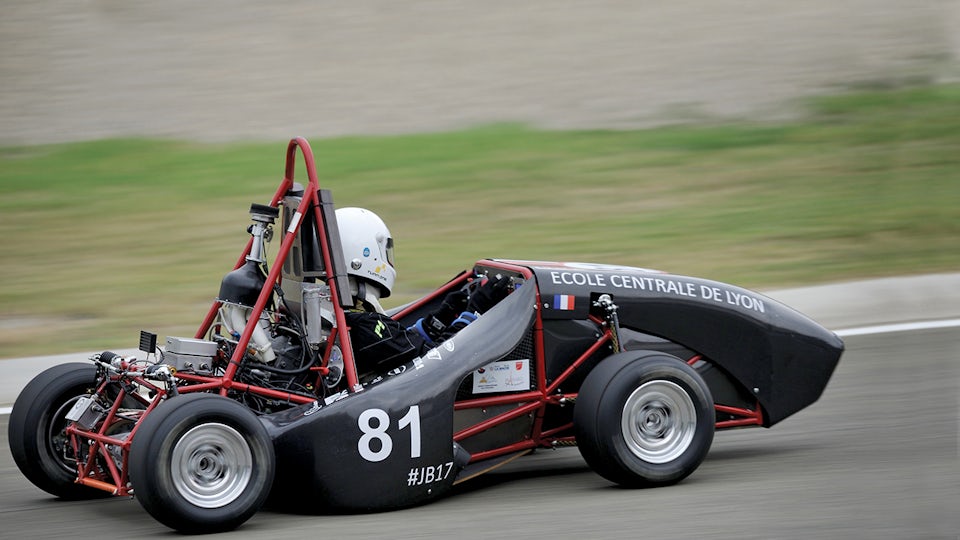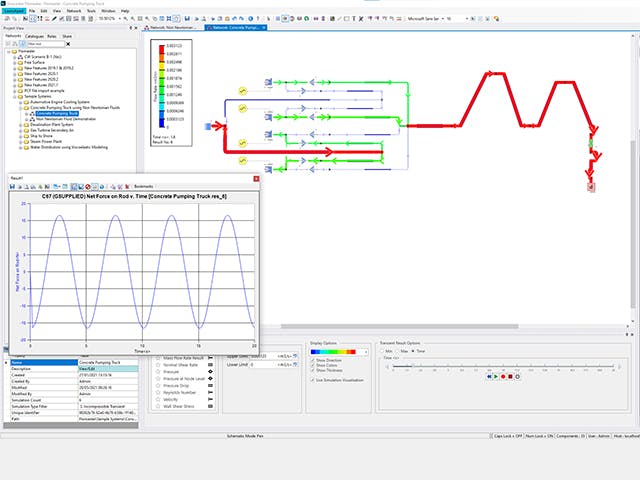Valuta, progetta e ottimizza sistemi completi di motori a combustione interna, dalla gestione dell'aria e della combustione al post-trattamento dei gas di scarico e ai controlli del motore, utilizzando modelli fisici accurati di motori e componenti. Le capacità di simulazione per il motore a combustione interna sono sviluppate in stretta collaborazione con IFP Energies nouvelles.
Adottando un approccio alla simulazione dei sistemi basato su Simcenter, ora è possibile studiare l'integrazione dei sottosistemi di iniezione del carburante, la gestione termica del motore, i dispositivi elettrici, il gruppo motopropulsore e altri componenti, nonché adattare le definizioni dei modelli a una vasta gamma di scenari. Simcenter consente di analizzare l'impatto delle scelte tecnologiche avanzate e offre un potente set di strumenti per studiare architetture e concetti di motore alternativi.
La roadmap del tuo gruppo propulsore è digitale a sufficienza?
Prossimamente Euro 7 e Tier 4: Affrontare le sfide che ci attendono. Bilanciare/ottimizzare la progettazione di un gruppo propulsore convenzionale in un gruppo elettrogeno.

